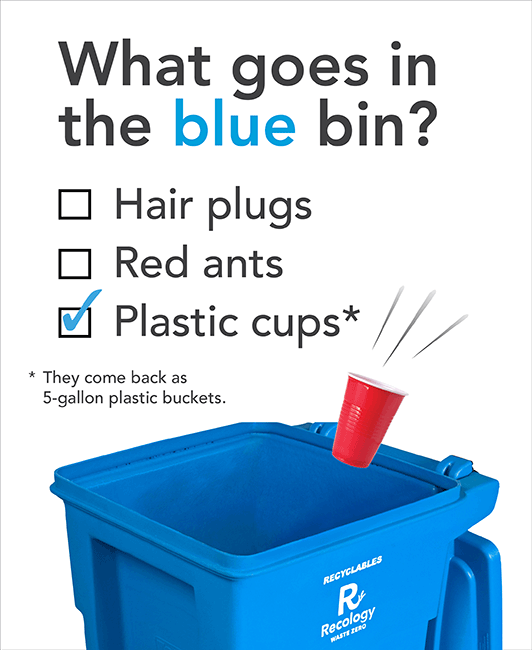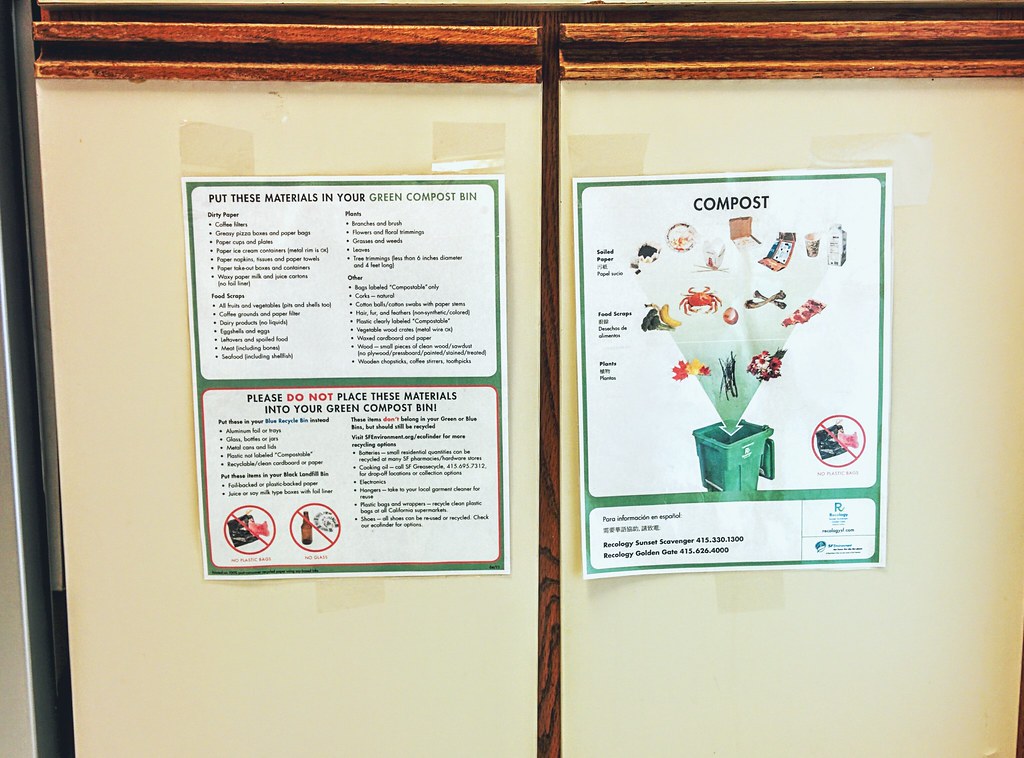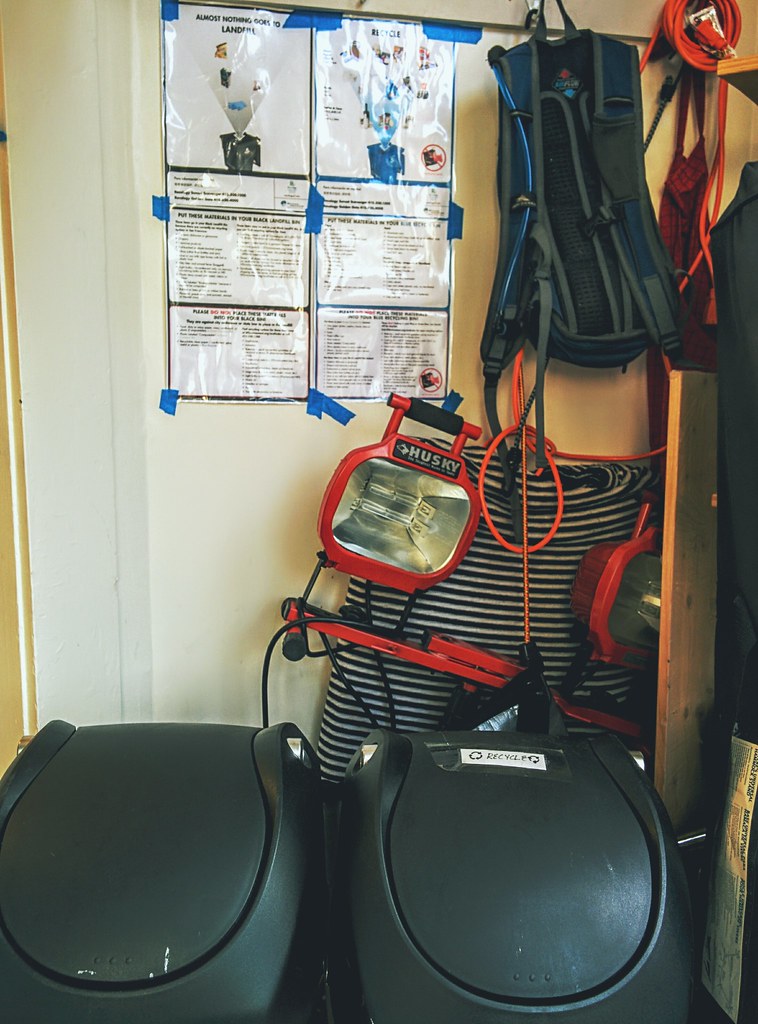The Big Blue Bin

Apparently that warm and fuzzy feeling I get when filling up my blue recycling bin with every type of paper, plastic, and metal I could find was only a feeling. A few years ago, I watched a TED talk on the progress of plastics recycling by the CEO of Bay Area company MBA Polymers and felt inspired to recycle as much as possible. Unfortunately, despite this company's efforts plastics recycling is failing in the US due to poor policies at the national and local levels. America likes the idea of plastics recycling without doing the last mile to make it actually work.
One of the biggest benefits of the multi-bin sorted recycling I grew up with was it encouraged a close relationship with the waste my family produced on a weekly basis. Every Sunday night, my father and I would flatten cardboard boxes, gather aluminum cans and glass bottles, sort colors of glass bottles, sort piles of 'mixed' paper from newspaper, and collect the weeks worth of 2 liter Diet Pepsi plastic bottles (I cringe thinking about how much Diet Pepsi we drank back then!). The paper recyclables and general plastics would go to the curb for pickup and the rest of the glass, aluminum, and plastic bottles would be bagged for my allowance; a bi-weekly Saturday afternoon trip to our supermarket's parking lot for a voucher, which I then took into the store for coins, which I then collected until I could fill coin rolls, which I then took to the bank every few months to deposit in my bank account. Hey, a kid had to hustle for his Joe Smith Fleer Metal Rookie Card!
In the zeitgeist of the 2010s where we have a startup dedicated to coordinating your on demand laundry, house cleaning, and grocery shopping services so you only need to answer the doorbell one time instead of three, I doubt we are going back to residential sorted recycling anytime soon. The hidden benefit of the time spent sorting and organizing was an effective visual feedback loop to help you measure your consumption and waste. With the newer 'single-stream' catch-all blue bin this feedback loop is gone; the tradeoff decision favors increased recycling participation and punts sorting later in the recycling process. Except the sort later part never effectively happens for plastics. The U.S. recycle rate for plastics hovers around 5-10% with the rest burned, thrown in landfills, or exported to countries with cheap labor and lax pollution laws.
"Jakarta slumlife71" by Jonathan McIntosh - Own work. Licensed under CC BY 2.0 via Commons.
In the future, I hope the U.S. domesticates more of its plastics recycling by tying it to product manufacturers along with with increased consumer education. For now, I suggest visiting your local waste management website and familiarizing yourself on what you can and cannot put into each of your bins. An even better idea is to print out the pdf guides (here is an example for SF), laminate them, and post it on or near your frequented bins (not necessarily your weekly collection bins, but the trash bins you use daily). When you have guides like this, you can easily decide where that foil and paper lined artisanal almond milk TetraPak container goes (hint: most likely the trash because most recycling centers can't process them).
UPDATE 12/23/2015
I have visited my local Whole Foods in San Francisco to recycle soft plastics a few times. The process is comically inefficient at my store; I walk up to the customer service counter and hand over my loose soft plastics to the employee, which are then collected in a small paper bag to be sent later to the recycling container of the employee only shipping/receiving area. If even 1 out of 100 customers did soft plastics recycling this would not scale well for the customer service desk, so I'm going to go ahead and deduce the soft plastics recycling rate is less than 1% in 'hippy' San Francisco! So small steps folks - let's get to 1-5% soft plastics recycling and I bet our local stores and city would have better facilities to handle them!



